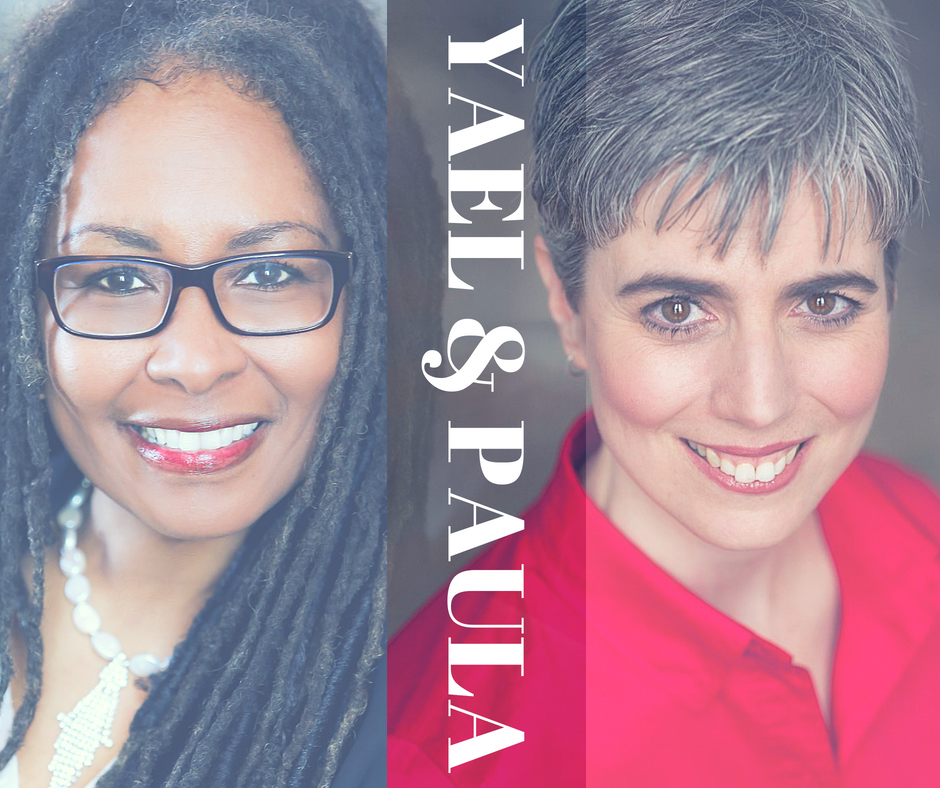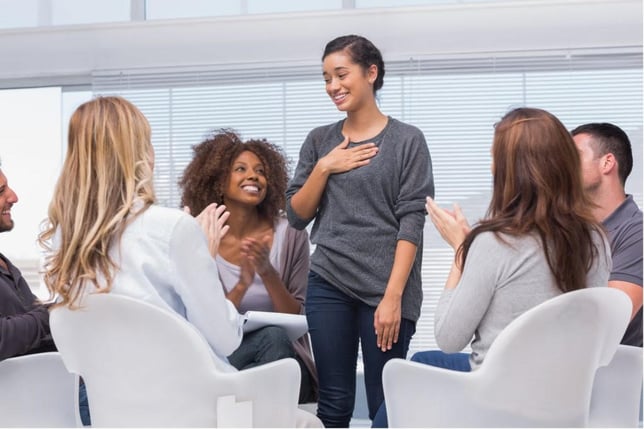
Becoming conscious of your racial identity is a process that cannot be explored in darkness and isolation. In our experience, the process of challenging the myths of white superiority (whiteness) and Black inferiority (Blackness) has tremendous healing effects and the potential to create social equality. A few weeks ago, Paula and I facilitated our first in-person Getting the Love You Want couples weekend workshop since the pandemic began. The weekend workshops are a special passion of ours, as we bring to them the rich fruits of our persistent, painstaking work on our own marriage, a playful sense of fun, as well as all our years of training and learning to live the principles of Imago Relationships. In co-facilitating weekend workshops, we continue to learn how to be each other’s allies, to have each other’s backs, to share space, to celebrate our differences, and to create the safety needed for couples to bring their own tender, vulnerable feelings and experiences to each other. The weekend workshops are a love offering and they are also our teachers.
On the second day of the workshop, when couples were already beginning to soften and their perspectives to shift into relational consciousness, race came knocking on the door—and it was jarring to us all. One of our assistants, a woman of color, had been strolling through the building on the lunch break, enjoying the murals on the wall, and was greeted with suspicion by a white woman who was the owner of another business in the building. The white woman began to question her about her presence in the building—what was she doing, was she lost, where was she going, etc. We white folks often do this out of our unconscious suspicion of Black folks and folks of color. We usually believe our intentions are good and we are almost never aware of our impact.
However, I have learned through Imago theory and practice that all relationships operate on two levels—conscious and unconscious. As a white person, I am conscious of wanting to be well-intentioned, nice, polite, and even inclusive. But alive in my unconscious and lying just below the surface of my well-intentioned words and my conscious desire to be anti-racist are my childhood socialization messages, my biases, and the implicit racist behaviors which also drive me. Everything I imbibed as I grew up in a society that is based on the twin mythical dynamics of white superiority and Black inferiority informs my perceptions and my actions. Many times I can’t even see it. One of the unique factors of Imago Relationship theory and therapy is that we work to become aware of the unconscious aspects of our relationships and learn to examine these aspects at the root instead of trying to solve them on a surface level. We do this because we know that the unconscious is a powerful force in relational dynamics and that change cannot happen until we look below the surface.
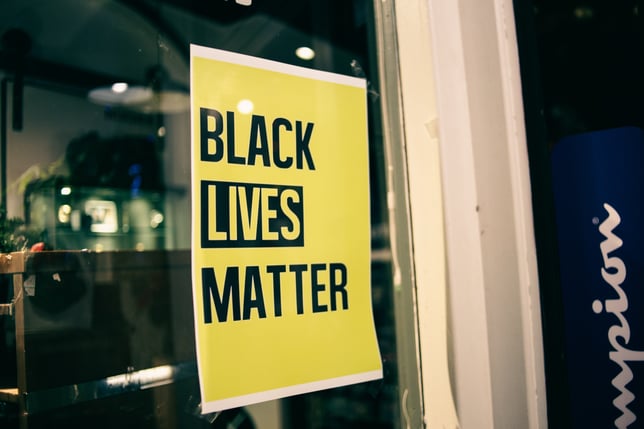
The white business owner’s questioning of our assistant friend continued for some time. She remained polite and firm, asserting her right to be in the building, calming herself inwardly and continuing to examine the murals. Not long after that, three white women, clearly lost, came down the same hallway and our assistant friend noticed that the white business owner did not say anything to them. This pricked the hurt inside her and, having noticed that the business owner showcased a Black Lives Matter sign in the window of her business, she decided she had to have a conversation with her. Courageously challenging decades of her own conditioning to keep white folks comfortable, she approached the business owner and explained to her how she, as a person of color, had been impacted (in fact, hurt to her core) by being stopped and questioned. She explained that these actions communicated to her that she did not have a right to be there, that she did not belong; and she explained the historical context of her experience—as a person of color being stopped and questioned by a white person. She told the business owner that, since she had a Black Lives Matter sign in the window, she thought she would want to know and understand the effects of her words and actions. The white business owner began to explain that many people get lost in the building, that she didn’t intend any harm, that she wasn’t questioning her right to be there, that she didn’t stop her because of her race. Our friend tried to explain she was speaking about her impact and she wasn’t accusing her of being racist; she just wanted to share the impact the interaction had on her.
The business owner could not move. She could not hear. And she could not receive. I understand. I, too, can be suspicious when I see a person of color in a place I’m not used to seeing them, and defensive when my unconscious racist behaviors, thoughts and actions bubble up to consciousness or are brought to my attention. Even after years of work, I still have to check my motives and bring to conscious awareness my knee-jerk assumptions about who belongs and why. As a white person, I am accustomed to seeing myself as innocent and of focusing on my well-meaning intentions rather than on my hurtful impact. This is the heritage of white privilege and a pernicious result of living in a system rooted in and sustained by white privilege. The cloak of white innocence is so habitual and comforting to me that, when my unconscious bias becomes conscious, I am faced with deep questions about who I really am, what I value and who I truly believe has value. So I have compassion for the white business owner who, like me, inherited a life under this white privileged system. It makes sense to me that she too would want to fight information that contradicts how she sees herself—as perhaps a good, decent human being.
Our friend held herself together as she trudged back up the stairs to our office. Reaching the door, she entered our office shaking, eyes downcast, defeated, exhausted, voice quivering with tears, and began sobbing. Two of the couples, both white, had stayed to eat lunch in our office. They had been held and assisted by her just hours ago as they navigated their own childhood unfinished business.
Paula, understanding this type of visceral, historical pain and challenge, asked our assistant if she would be open to being mirrored. She nodded yes. From years of dialogues with Paula bearing witness to her unhealed racial pain and exploring and coming to understand my own whiteness, fragility, ignorance and defensiveness, I knew how important it was for me, a white woman, to be the one to mirror. “Through mirroring we are able to accept and reconcile all parts of ourselves, our four functions [feeling, thinking, acting and sensing], our strengths, our challenges and our limitations and thus, see them coalesce into an integrated sense of who we are…Mirroring [gives] the message that you are inherently worthy, important, valuable and loveable.” (p.199-200).

I listened while our friend spoke. She cried. I mirrored. Paula and the two white couples bore witness and held us all with their open presence. When she had no more words, and when her tears ceased for the moment, I asked her if I could validate her. She nodded yes. And so I did. Our assistant had not been able to make eye contact with any of us since she entered the room. Paula invited her to look up as a way of really being seen as I validated her. Paula realizes from her own work that it’s vital for people of color to be seen and heard, especially when their very being has been racially gutted. This is a place where Black folks are dismissed and left to struggle alone; it is crucial that they be able to see and take in the fact of being seen and held in community. But our assistant felt way too raw and therefore we did not insist.
I said to our assistant how much sense it made to me that she decided to tell the white woman the impact of her actions given the multitude of harms and wounds to her dignity she receives from well-meaning, unconscious white people every day; it made sense to me how hurt and angry she felt when the white woman chose to defend and explain rather than receive this precious gift of vulnerable truth-telling she was offering given that speaking the truth to a white person entails so much risk of further harm; it made sense given the long and painful history of exclusion and white questioning of people of color’s right to exist in public spaces that she felt her worth was being questioned. “Validation pushes credibility by moving from acknowledging difference to assigning validity to difference…It is the ultimate affirmation, the negation of negation…It is a gift to the person who is providing it” (p. 210). I validated and then I empathized. My voice choked as I too held back sobs. The vulnerability and naked pain Paula has shared with me in our dialogues around race and racism over our years together and the efforts I have made in our dialogues to honestly and precisely articulate how whiteness/white privilege lives in me and between us—these dialogical experiences move and transform not only us, but everyone around us. During the lunch break, we were unwittingly offered the gift of modeling for our white participant couples the power of intentional dialogue to heal racial pain.
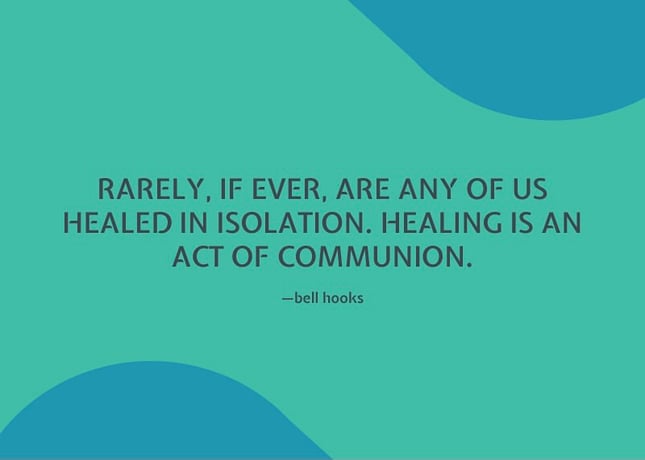
A solemn stillness filled the room as the dialogue ended. Looking around the rest of the office, I saw that every white person in the room was crying. Most of us who are white have very little sense of how our unconscious bias and assumptions impact our relationships with people of color. This experience was new and it was palpable in the room. One participant, a white man who broke down crying as he spoke said, “I knew racism was wrong. Everybody knows that. But I just had no idea this is what it does to people. I just didn’t know. It’s so painful to see. I am so sorry.” Paula mirrored and validated the feelings and experiences of the white participants who had witnessed the dialogue between the assistant and me, helping them to feel seen and heard. Paula understands from listening to me and through her research that racism does impact white people, albeit differently, and used the Imago dialogue to lovingly hold the white couples in that space, nurturing the safety and connection that we had been co-creating in our workshop from the very beginning.
We were white. We were Black. We were Latino. We had a range of socio-economic statuses, educational levels, professions and cultures. But through Imago dialogue, we were all equal. “Imago Dialogue…throws off the vertical model’s confines, i.e., [categories of worthy and unworthiness], and turns the conversation away from the hierarchical structure toward the horizontal direction. Horizontal conversations mean that the two members…are essentially equal. With this equality—and only with this equality—safe and empathic connecting…becomes possible” (p. 219).
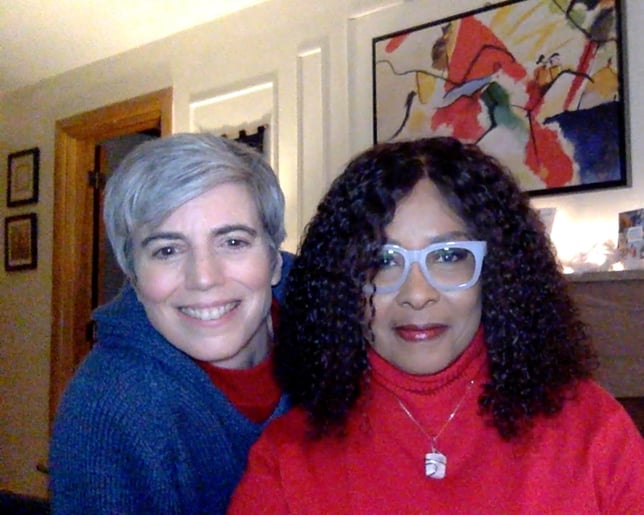
Paula and I, an interracial, married, lesbian couple, were able to create a space through the great equalizer of Imago Dialogue for all participants, even the white men of these heterosexual couples, to share their vulnerability and pain in witnessing the impact of racism on a woman of color. This was a moment of radical transformation. Equality and social justice begin within. Dare we say within the couple. In our experience, Imago dialogue has the unique healing power to challenge and shake us awake to our impact on each other. It can move us from our entrenched, historically held, racially-drenched and polarizing views towards a hopeful vision of a co-created future. A future where all of our resources are welcomed and cultivated, and each of us stands as the other’s ally in bringing our gifts and talents together in the service of peace and wellness in a world that needs it so badly.
If you need help with becoming a better ally and creating a safe place to communicate about race in your relationships, we're here to help. Check out our virtual and in-person Imago Relationships Workshops and Imago Relationships Therapy.
Discover more about Imago with our Imago Professional Membership, Imago Professional Facilitators, Imago Professional Training, and Imago Educational Webinars.
Connect. Transform. Thrive.
Imago Relationships

This blog post was written by Yael Bat-Shimon, LMHC, Certified Imago Therapist, Workshop Presenter & Paula M. Smith, Ph.D., MFT, M.Div., is an Adjunct Professor, Imago Faculty Candidate, Advanced Imago Clinician, Certified Imago Therapist, Workshop Presenter, and Consultant.
Discover Yael and Paula’s website too!


